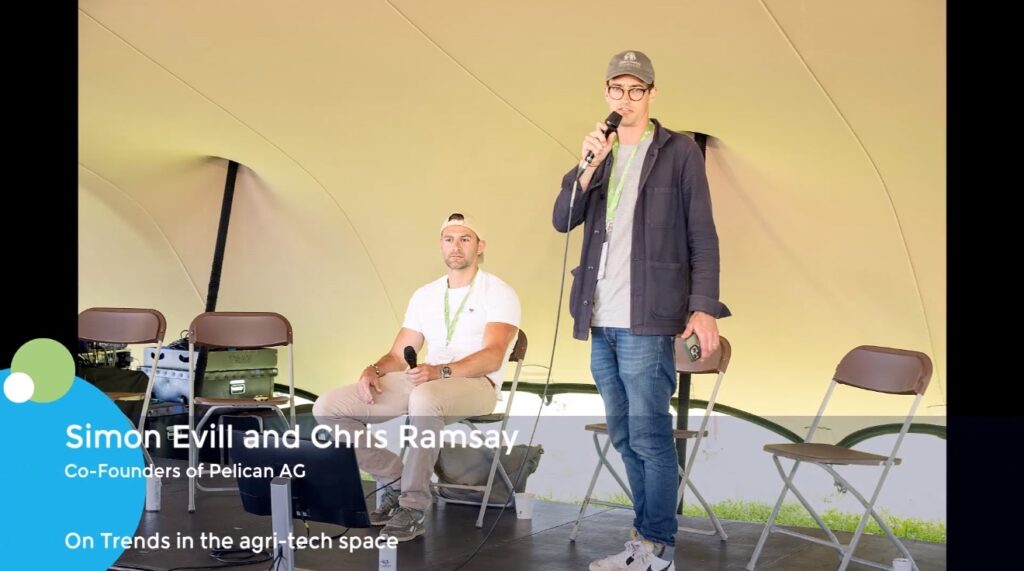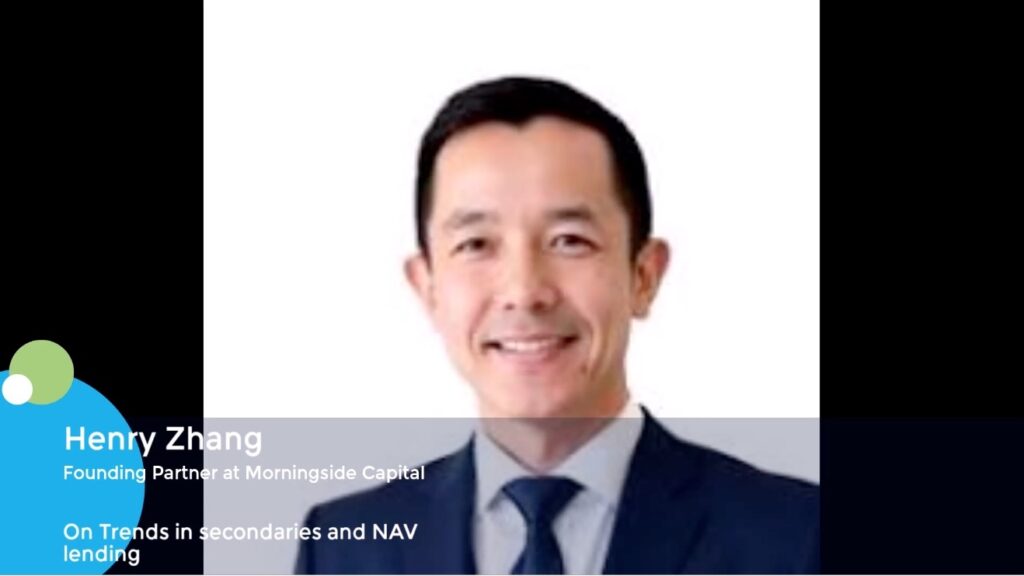Private equity exits to pick up despite challenges ahead – Dealspeak North America
North American private-equity buyouts and exits sank in 2023 to their lowest level in a decade.
The blame, at least early last year, lay with rising interest rates and a lack of liquidity in the debt markets, as lenders closed the spigot, lured by the promise of landing higher rates later. But once the Federal Reserve stopped hiking rates after its July meeting and private credit filled the void left by traditional lenders, the long-awaited rebound in PE activity failed to materialize.
A persistent valuation gap was much to blame, although that has been closing. Uncertainty – thanks to rising instability wrought by the Ukraine war, the Middle East and Eastern Asia, and talk of recession for much of 2023 – also did not help.
Last year, there were 1,072 buyouts totaling USD 220bn in North America and 480 exits worth USD 205bn, meaning the number of both buyouts and exits was at its lowest since 2013, according to Mergermarket data.
Dealmakers – a generally optimistic bunch – now expect a rebound to finally happen in 2024, for three main reasons. The Fed is expected to start dropping rates later this year, lowering borrowing costs. A narrowing bid-ask spread means agreement on price can finally be reached. And a high degree of pent-up demand exists because private equity funds are under pressure to provide returns to their investors.
Preparing for a rebound
Mahvesh Qureshi, a partner at Hogan Lovells, says 2023 was a year of “pausing and pivoting” for many private-equity firms. PE firms spent time evaluating regulatory risk of potential acquisitions, reinforcing their investment theses, and preparing for a possible rebound in 2024. “The market is poised for more activity in 2024,” she says.
During 2023, many funds turned to alternative forms of liquidity in the private-equity secondary market. Traditionally that involved limited partners selling their interest in a fund to another limited partner or secondaries firm. Gaining prominence in recent years was the general partner-led transaction, whereby a private equity firm rolls an older asset into a new fund or continuation vehicle. Last year, continuation funds accounted for 12% of sponsor-backed exits globally, according to Jefferies. Qureshi expects a return to more traditional exits in 2024. “A traditional buyer means you get more value,” she says.
Favoring bolt-ons
PE firms focused on bolt-on acquisitions rather than large platform buys in 2023. The number of add-ons surged to an all-time high of 2,178 in 2022 and to 1,703 in 2023, according to Mergermarket data. Palm Tree, an M&A advisory firm that predominantly services financial sponsors, saw “a significant uptick” in work around add-on transactions in the second half of 2023, suggesting even more are coming, says Stephen Rossi, a Palm Tree managing director.
The rationale for favoring bolt-on acquisitions is mostly twofold, Rossi explains. Sponsors need to add value while they hold on to portfolio companies longer during current market conditions. They can then exit with a better return later. In addition, bolt-on deals can be financed without breaking existing credit agreements.
Sponsors are likely to return to platform buys – which provide greater value – once the bid-ask spread narrows further and interest rates start dropping, says Adam Reilly, a managing partner at Deloitte.
Longer holds
Hold periods have lengthened as sponsors wait for the best moment to exit. The average hold period for the 325 sponsor-backed companies that exited in the last six months was 5.7 years, up from 4.6 years in 2021, according to Mergermarket data.
Because PE funds have kept portfolio companies longer than they typically would like, GPs are under increasing pressure to return capital to LP investors, adds Reilly. “We have seen more talk about how to take these companies to market.” Driving that too is the rise in equity market valuations combined with the pending fall in interest rates.
In the year ahead, PE firms expect a 25%-30% increase in the number of portfolio company exits to corporate buyers, which also have a pile of dry powder, adds Barry Winer, head of M&A research at Deloitte.
“Last year was a year of uncertainty. This year is a bullish story,” Winer says.
| Company Name | Likely To Exit (LTE) | Hold Period (y) | Financial Sponsor | Sector | Entry Enterprise Value ($) | Entry Deal Date |
|---|---|---|---|---|---|---|
| Cognito LLC | 66 | 5 | WestView Capital Partners | Technology | 75-250m | 11-May-18 |
| Infusion Associates Management Inc | 64 | 5 | Boyne Capital Partners | Healthcare | 75-250m | 17-Dec-18 |
| Oral Surgery Partners Inc | 64 | 4 | Sheridan Capital Partners LLC | Healthcare | 250-750m | 22-Aug-19 |
| Cyanco Holding Corp | 64 | 5 | Cerberus Capital Management LP | Industrials | 800m | 19-Mar-18 |
| NEP Group Inc | 62 | 7 | Carlyle Group Inc | Communications, Media & Entertainment | 1.5bn+ | 24-Jun-16 |
Source: Mergermarket, Data correct as of 13 March 2024 / *Mergermarket’s LTE predictive analytics assign a score to sponsor-backed companies to help track and predict when an exit could occur through M&A and IPO, a direct listing or a deSPAC transaction.













